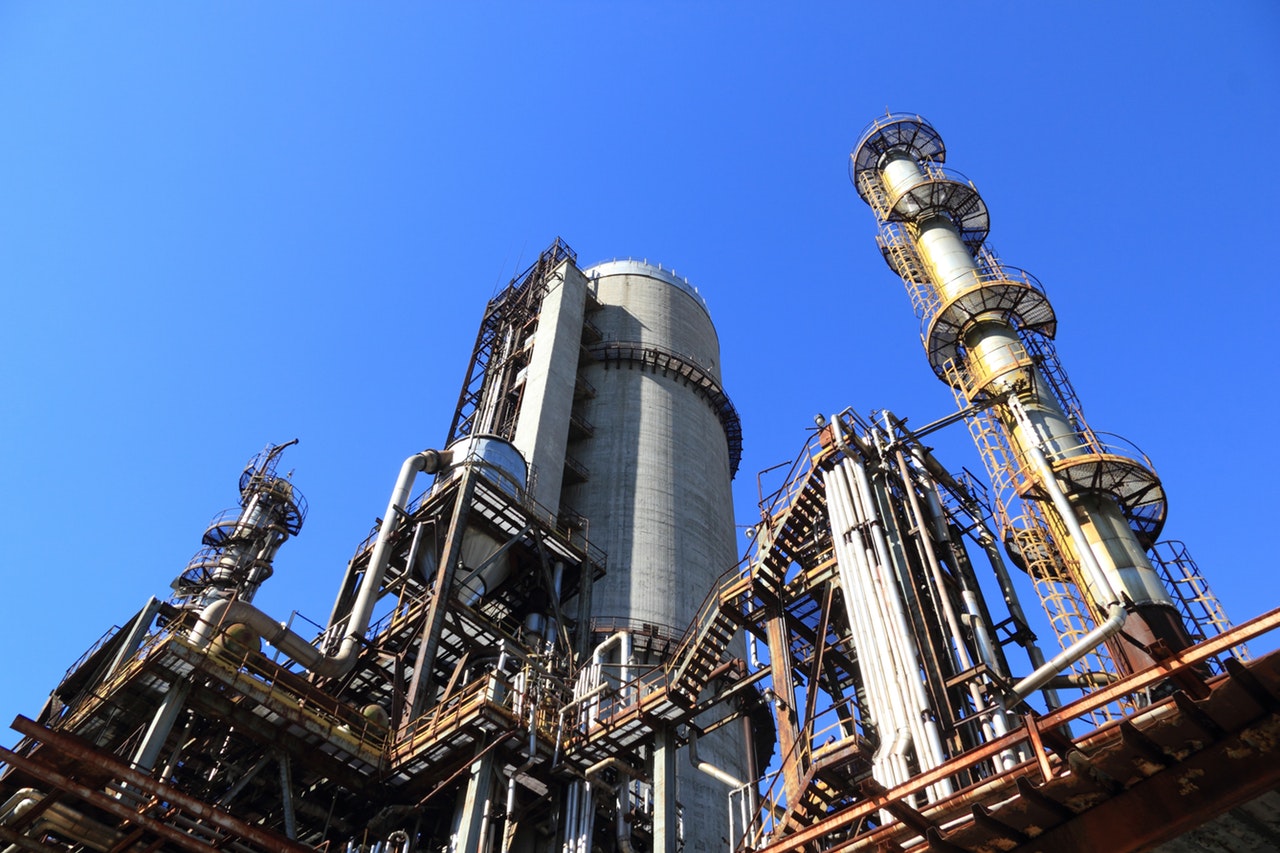Gardner Denver has created a new guide exploring how ATEX regulations and IECEX standards for controlling explosive atmospheres in plants and refineries can impact on compressor systems.
Available to download for free from bit.ly/2OFauGe, the guide covers the most important aspects of ATEX and IECEX certification, with an explanation of key concepts, and a list of countries where the standards apply. It also includes top tips to minimise risks and costs regarding air compressors.
For managers, it is crucial to understand what these ‘hazardous areas’ involve, to determine special precautions that should be taken, and precautions for the construction, installation and use of equipment.
It is particularly important for operators to understand the ATEX and IECEX classification system, where potentially explosive atmospheres are categorised into zones. A zone defines the material’s general nature or properties – gas or dust – and its probability of being present in the surrounding atmosphere. Continuously present hazardous materials present a greater risk, and therefore require greater protective measures.
The guide goes on to explain how equipment categories and protection levels (EPL) are also a key factor, because all inspection, maintenance and repair duties will depend on the ‘category’ of a product or piece of equipment, not the zone in which it is installed. Furthermore, EPL considers the potential consequences of an explosion.
Byungchul Choi, Country General Manager (Korea and Japan) and Custom Engineered Product Sales Director, explains: “Only by understanding the importance of choosing the right compressor technology and configuration can you hope to successfully minimise costs. Minimise the areas where equipment has to be modified, move compressors a short distance into a better ventilated area and we would always advise customising compressors from the design stage. Users should also be trained on the relevant equipment and should not work alone.
“Also, ensure moving parts of the compressor are correctly guarded. Undertake risk assessments in hazardous areas, making sure that pressure release valves and air vents are free from obstruction, ensure machine monitoring systems (e.g. for vibration) are provided, and implement safety protection, such as gas and flame detectors, depending on an area’s class. Our new guide has been written with this in mind. We hope compressed air users find it useful.”
For more information on Gardner Denver, visit: www.gardnerdenver.com/industrials


